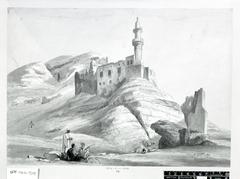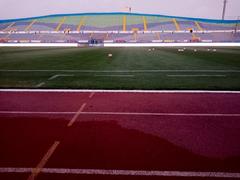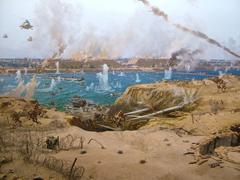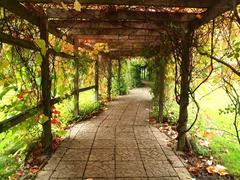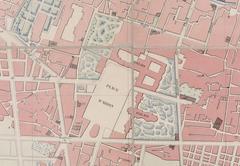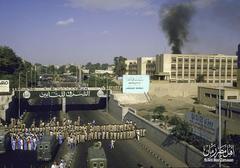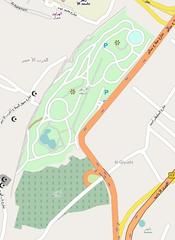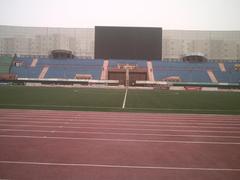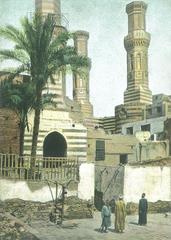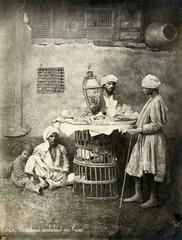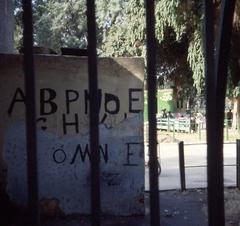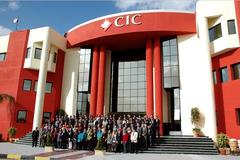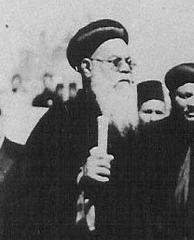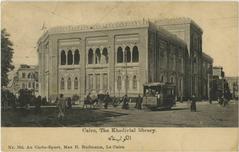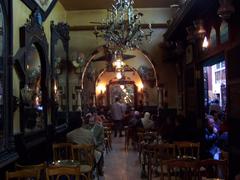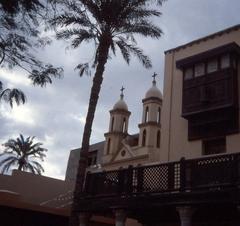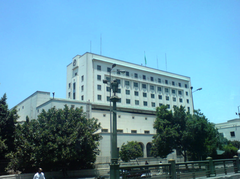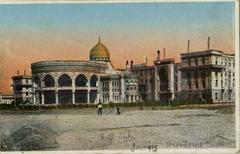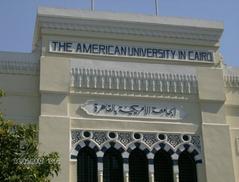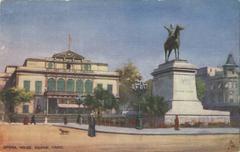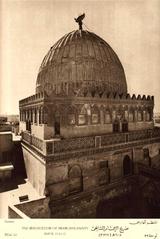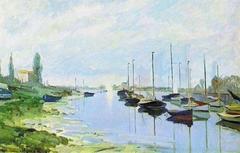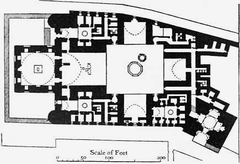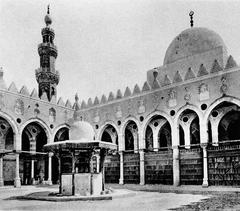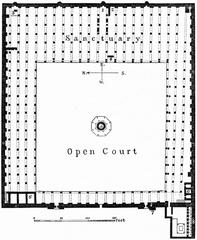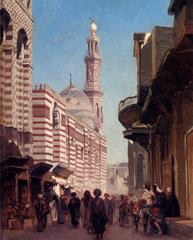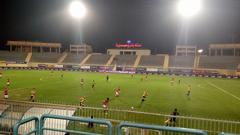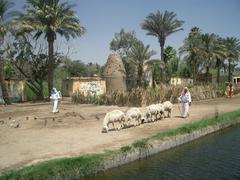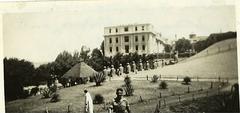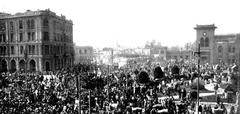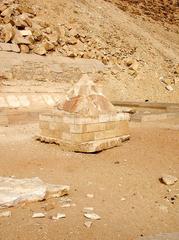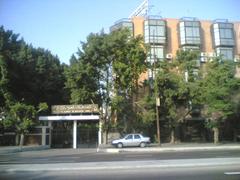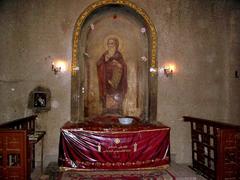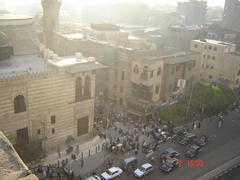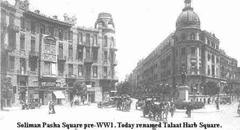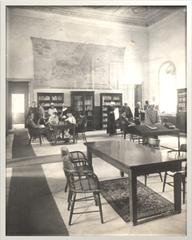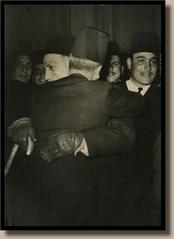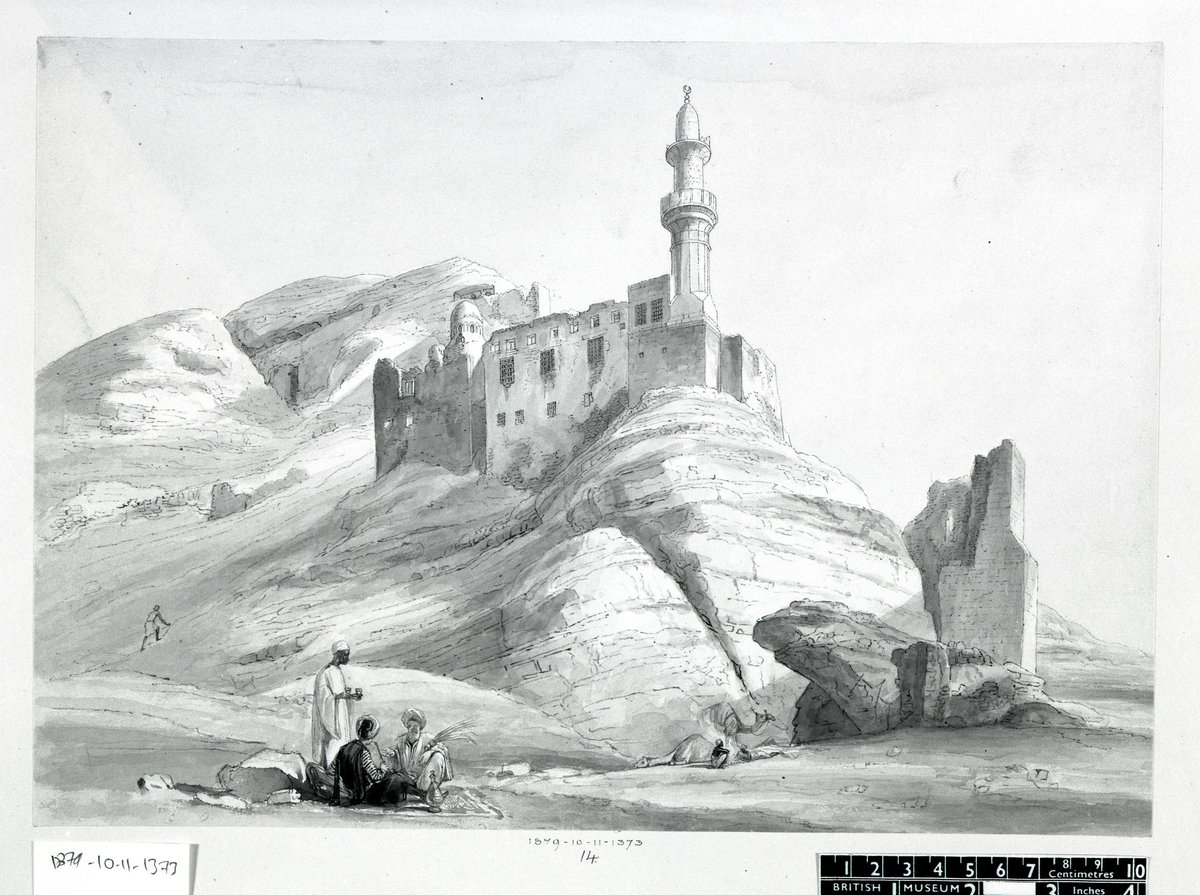
Juyushi Mosque: Visiting Hours, Tickets, and Historical Significance in Cairo
Date: 14/06/2025
Introduction
Rising above Cairo on the Mokattam Hills, the Juyushi Mosque stands as a testament to the city’s Fatimid past and architectural innovation. Built in 1085 CE by Badr al-Jamali, the powerful vizier of Caliph al-Mustansir Billah, the mosque is notable for its unique blend of religious, commemorative, and strategic functions. Though less grandiose than Cairo’s main congregational mosques, its location and design reflect a period of political consolidation and spiritual devotion. Today, the mosque’s panoramic views, intricate stucco work, and rare architectural features make it a hidden gem for visitors and scholars alike. This guide provides comprehensive information on the mosque’s history, architecture, visiting logistics, and practical travel tips, ensuring a well-rounded experience for anyone interested in Cairo’s Islamic heritage.
For authoritative resources and further reading, visit: Archnet, Assignment Point, and archiqoo.com.
Historical Background and Significance
Foundation and Patronage
Commissioned in 1085 CE by Badr al-Jamali, the Armenian vizier to the Fatimid Caliph, the Juyushi Mosque (جامع الجيوشي) was conceived as a commemorative shrine rather than a congregational mosque. Its placement atop the Mokattam Hills was both symbolic and practical: it asserted Fatimid authority and served as a military lookout, reflecting Badr al-Jamali’s dual role as religious patron and military leader (Archnet).
Architectural Features and Innovations
The mosque’s modest rectangular plan (roughly 15 x 10 meters) houses a prayer hall topped by a dome, an early example of squinch-supported domes in Egypt. One of Cairo’s oldest surviving minarets rises above the structure, with a square base transitioning to an octagonal shaft. The use of muqarnas (stalactite-like ornamentation) in the minaret’s cornice marks an important architectural innovation, demonstrating the influence of Syrian and Persian styles on local Egyptian construction (Assignment Point).
The mihrab is richly decorated with Qur’anic inscriptions and intricate stucco arabesques, while Kufic script and geometric patterns adorn the interior. These elements showcase Fatimid artistry and the blending of spiritual and aesthetic concerns (Discover Islamic Art).
Historical Context
Constructed during a time of political instability and external threats, the mosque symbolized the resilience of the Fatimid regime. The name “al-Juyushi” (“of the armies”) and its strategic location highlight its military connections. The site may have functioned as a ribat—a fortified religious retreat for soldiers and ascetics—underscoring the link between piety and defense in Fatimid ideology (Mapcarta).
Restoration and Preservation
After centuries of neglect, the Juyushi Mosque was restored during the Ottoman era (1731–1732 CE), with further intervention in the 1990s by the Dawoodi Bohra community. The latter restoration focused on recovering the mosque’s original Fatimid character, removing later additions and emphasizing authentic materials and techniques (Wikipedia; Mosqpedia). Ongoing preservation is needed due to environmental exposure and the site’s remote location.
Visiting the Juyushi Mosque: Practical Information
Access and Restrictions
Due to its location within a military zone atop the Mokattam Hills, access to the mosque is restricted. As of recent years, casual visits are not permitted; entry requires special permission from military authorities or arrangement through licensed tour operators with heritage expertise (Wikipedia).
Visiting Hours
If permission is granted, visits typically occur during daylight hours, from 9:00 AM to 5:00 PM. Hours may change during religious holidays or restoration periods. Always confirm current access and hours with local authorities or guides in advance.
Tickets and Admission
There is no formal ticket or entrance fee due to the restricted access. If entry is arranged via a tour, costs may be included in the package. Donations for maintenance are appreciated but not mandatory.
Accessibility
The mosque’s hillside setting and uneven terrain make it difficult for visitors with mobility impairments. There are steps and sloped paths leading to the site, and wheelchair access is limited.
Guided Tours
Specialized heritage tours occasionally include the Juyushi Mosque. These provide in-depth historical and architectural context and can facilitate the necessary permissions for access. Advance booking with reputable operators is strongly recommended.
Visitor Tips
- Dress modestly (shoulders and knees covered; women should bring a headscarf).
- Bring water and sun protection, especially in warmer months.
- Wear comfortable shoes for the climb.
- Be aware that security protocols may restrict photography.
- Respect prayer times and local customs.
Architectural and Artistic Highlights
Layout and Construction
The mosque is entered via a vestibule leading to a small courtyard and then into the main domed prayer hall. Cross-vaulted chambers and domed rooftop edicules, though symbolic in function, reflect advanced Fatimid planning and the integration of defensive features.
Ornamentation
The minaret’s muqarnas cornice is the oldest surviving example in Egypt, while the mihrab and interior stucco showcase Fatimid calligraphy and geometric design. The foundation inscription identifies the mosque as a “Mazar” (shrine), though it is not associated with a mausoleum, adding a layer of historical intrigue (assignmentpoint.com).
Visitor Experience
Upon arrival, visitors are greeted by tranquil surroundings and sweeping views of Cairo—especially striking at sunrise or sunset. The mosque’s austere stonework and subtle decorative flourishes invite quiet reflection. Its relatively small size fosters an intimate atmosphere, distinct from Cairo’s larger Islamic monuments (archiqoo.com).
Nearby Attractions
Combine your visit with other significant sites in Islamic Cairo:
- Saladin Citadel: Medieval fortification with museums and mosques.
- Mosque of Muhammad Ali: Iconic Ottoman mosque within the Citadel.
- Sultan Hassan Mosque & Al-Rifa’i Mosque: Mamluk-era masterpieces.
- Mosque of Ibn Tulun: One of Cairo’s oldest surviving mosques.
These sites are accessible and open to the public, offering a broader context for understanding Cairo’s Islamic heritage (Trek Zone).
Getting There and Practical Travel Tips
- Transport: Ride-sharing apps (Uber, Careem) are recommended for navigating the hills. Public transport does not reach the site directly.
- Best Time to Visit: Cooler months (October to April) are preferable; early mornings and late afternoons offer pleasant weather and ideal lighting.
- Facilities: The mosque lacks visitor amenities; bring necessary supplies and plan for basic needs.
Local Etiquette and Safety
- Engage respectfully with the local community.
- Avoid unsolicited guiding services and be cautious with personal belongings.
- During prayer times, non-Muslims may be asked to wait outside.
Frequently Asked Questions (FAQ)
Q: Can I visit the Juyushi Mosque without special permission?
A: No, the mosque is within a military zone and requires advance permission.
Q: Are there entrance fees?
A: No, but donations are welcomed.
Q: Is the mosque wheelchair accessible?
A: Accessibility is limited due to terrain and steps.
Q: Are guided tours available?
A: Yes, but only through specialized operators who can arrange access.
Q: What else can I visit nearby?
A: The Citadel and several historic mosques are within a short drive or walk.
Visual Guide
 The Juyushi Mosque perched on the Mokattam hills.
The Juyushi Mosque perched on the Mokattam hills.
 Close-up of the mosque’s earliest muqarnas cornice in Egypt.
Close-up of the mosque’s earliest muqarnas cornice in Egypt.
Map showing Juyushi Mosque’s location relative to Cairo’s main historic sites.
Summary Table: Restoration and Access Timeline
| Year/Period | Event/Restoration | Impact on Preservation/Access |
|---|---|---|
| 1085 CE | Original construction | Fatimid architectural masterpiece established |
| 1731–1732 CE | Ottoman restoration | Structural repairs, new interior decorations |
| 1990s | Dawoodi Bohra restoration | Major structural and aesthetic renewal; removal of Ottoman layers |
| 2018–Present | Military zone designation | Restricted public access; preservation from mass tourism |
Conclusion
The Juyushi Mosque encapsulates the essence of Fatimid Cairo: religious devotion, architectural ingenuity, and strategic significance. Its commanding hilltop location, pioneering minaret, and elaborate stucco work have left a lasting imprint on Islamic architecture in Egypt. Due to its restricted access, prospective visitors should plan carefully, seek permissions through reputable channels, and prepare for the physical demands of the site.
While the mosque remains a lesser-known jewel, those who make the journey will find a place of tranquility, history, and spiritual resonance—an enduring symbol of Cairo’s layered Islamic heritage.
For up-to-date information, tour arrangements, and further insights, consult the Audiala app and official heritage platforms such as Archnet.
